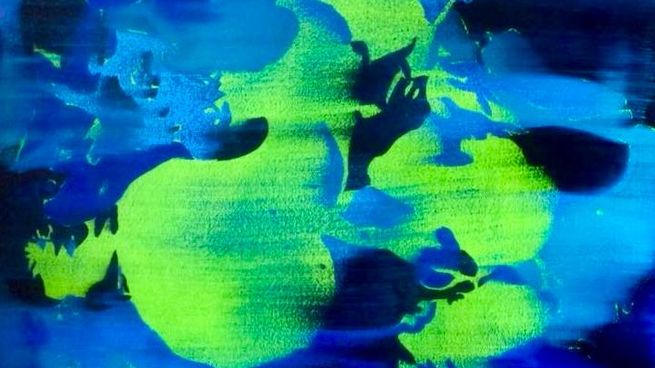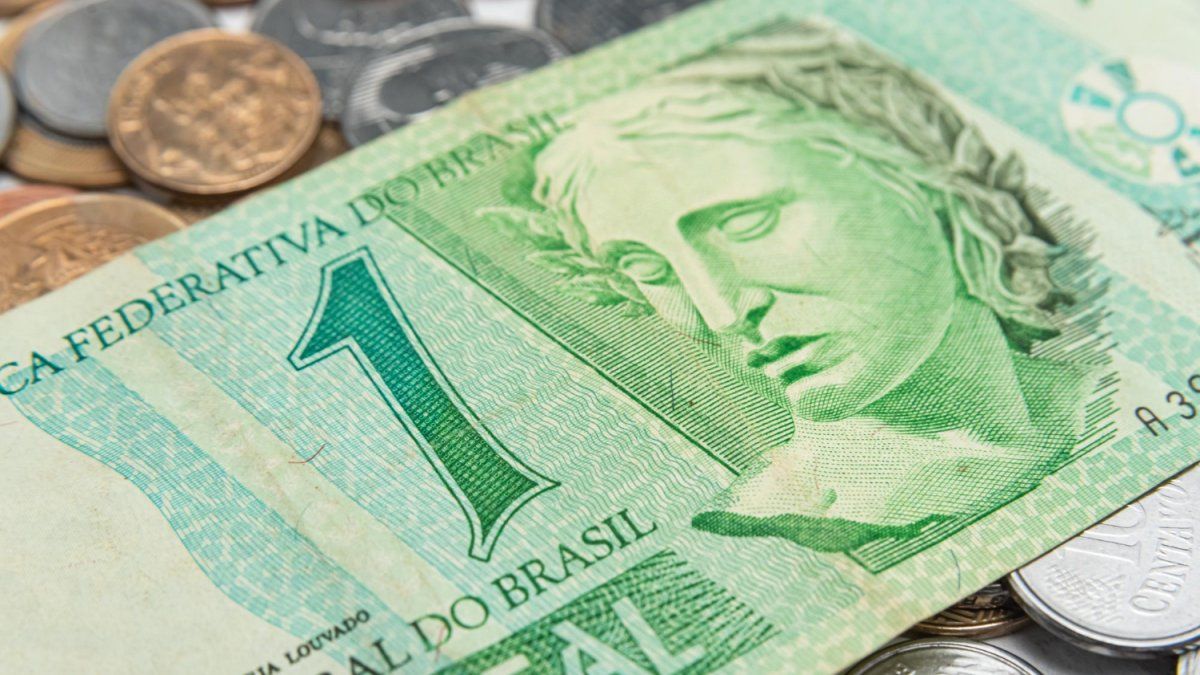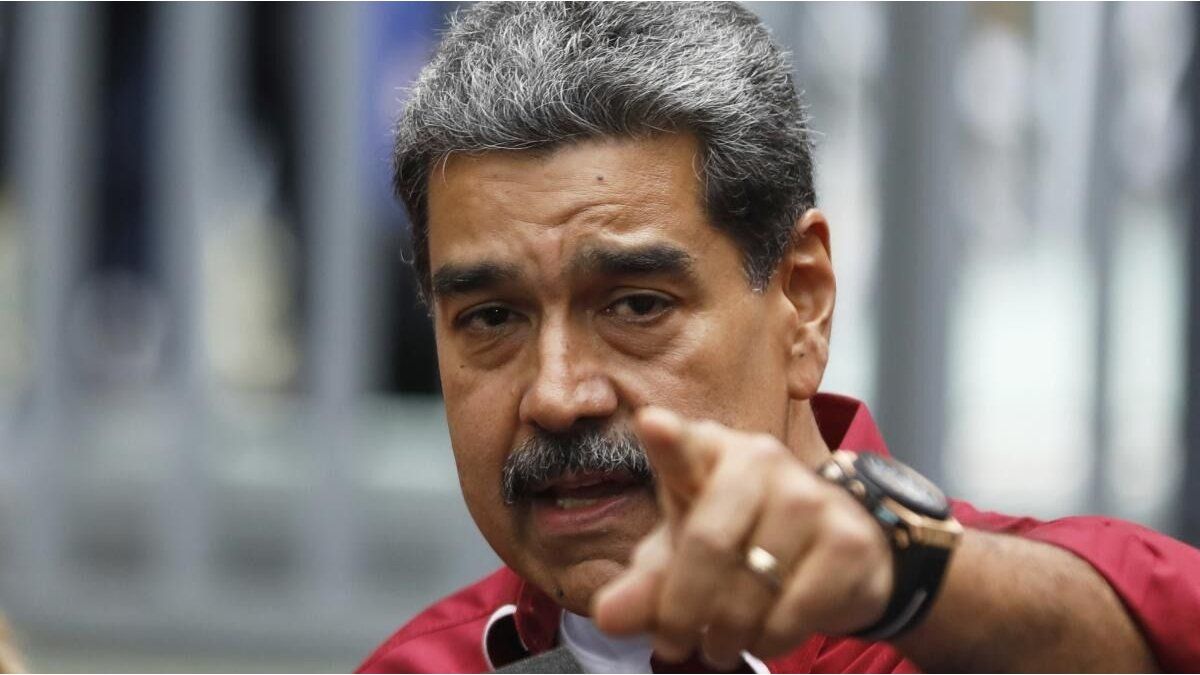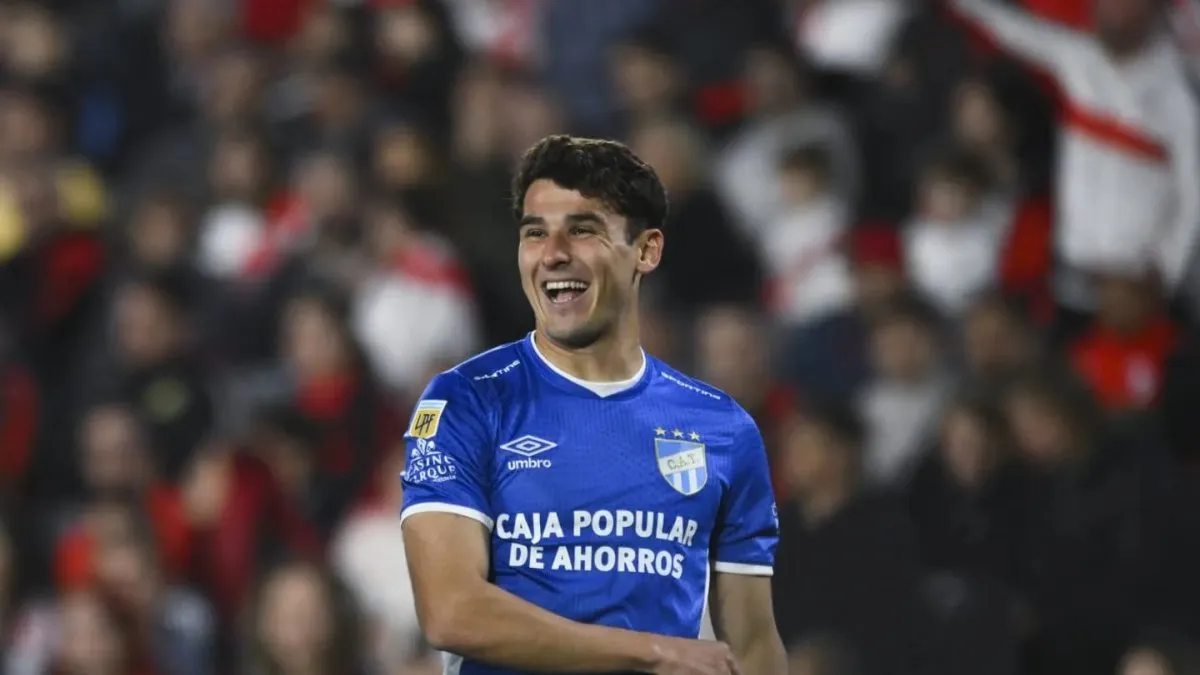In the Otto Gallery the exhibition “Shared Footprints” was inaugurated, where works by the deceased artist prematurely along with others by Carlos Arnaiz, Mónica Canzio and Roberto Elía are exhibited.
“Shared footprints – Tribute to Daniel Callori” (1982-2019) is not only a tribute to this Argentine artist but also a celebration of painting as a means of connection and transformation, according to the director of the Otto gallery, Eugenio Ottolengui that has gathered three artists who shared their friendship and gravitated in their creative path. It is a rigorous selection of works from Carlos Arnaizyour teacher, Mónica Canzio and Roberto Elía (1950, who died on March 24).
The content you want to access is exclusive to subscribers.
CALLORI graduated at the Manuel Belgrano School and Iuna, he periodically presented since 2005 at the Esteban Lisa Foundation, Praxis, Borges Cultural Center, San Martín Cultural Center. “I started drawing at 10 years in a hospital, within a metal structure with plastics since I suffered from Falconi’s anemia”Blood disease discovered in 1927. He drew what he saw, in addition to placing the paint between two tiny glass that is used in the microscopes, we had the opportunity to see them during our visit to the gallery which causes emotion to verify the density of the colors.


In a text of Herminda Lahitte For a sample entitled “Antidote” In 2014 he describes it like this: “The blood, as the only palpable matter, felt out of the body outward and stuck between two glass, spread, changing its color, its temperature, becoming something else”. There are red in CALLORIas he pointed out Kandinskyin them ardor and effervescence, a male force, can vibrate with decision, sounds triumphant. In the yellows, these rush over the object and expand, messy. Blue intensifies and becomes deeper to overshadowing, black, an end forever. Pablo GianeraHe pointed out that Callori’s power is hidden in abstraction and that he was able to paint his illness. A moving discovery.
As to Roberto Elía, His work was not seen for a long time, he was awarded the Braque Prize in 1980, in 1992, he won the Manuel Belgrano and in 1995 the painting of the Recoleta Cultural Center. He was winner of the Guggenheim scholarship exhibited in France and is considered a cult artist. We remember a 2003 sample “Roberto Elía’s laboratory” That it was a trip to introspection, silence, to the enjoyment of the austere. Elements: A hat and a hanger that hung a waterproof. Impossible not to associate it with Joseph Beuysa support for a pencil in which the title of the sample was recorded, a thin bent mat, cartons with the names of Beuys, Duchamp, Arlt, Xul, Macedonio, Cortázar, Foucaultpaper circles, a bread with all its religious burden.
To access his work we turn to certain Taoist premises: “Things are the name they have, what are they? They are what they are, what are they not? They are not what they are and nothing can not be something.” He invited to stop, to meditate and perhaps find clarity. ” Several critics and writers such as Daniel Gigena they have dealt with the work of Carlos Arnaiz born in Buenos Aires in 1948 .. refers to his gestures that “They resemble the movement that the wind introduces in a forest, between the branches of the trees or the restless course of a thread of water between the plants, the bushes and the flowers”.
Matías Serra Bradford In 2019, he pointed out that the paintings plan without a center or with a center in continuous displacement. One could contemplate each painting as composed of painted fruits, each of a diverse color, put to dry in the sun. It causes encounters with color, spatula and brush sweeps. ”
In 2016 on the occasion of a sample in the Jorge Mara gallery entitled “From Natura”We said “We entered the garden of Carlos Arnaiz. A bold that dared with this theme in full boom of several technologies. Many flowers have been painted throughout the history of art, today considered a minor art but those of Arnaiz are forms from color. Actually, to be brief and concise, it is the painting and point. A garden that was revealing its secrets”.
Mónica Canzio (Buenos Aires, 1959) was formed with great teachers of sculpture, among them, Carlos Spagnuolo, Rubén Locasso and José Novoa. For 10 years he participated in the annual call he made Nelly Perazzo In the gardens of the Larreta Museum, an event that should be resumed, from which important names arose in this discipline. It was part of the UDE group (union of sculptors). He intervened in important collective and individual samples. Among its awards: the Grand Prize of Sculpture of the Sea Hall, the second sculpture prize of Manuel Belgrano.
He has approached jewelry, ceramics, and his drawings, of great pregnance, are preparatory and also autonomous for his sculptures as can be seen in this sample tribute to a sensitive artist, who reveals the emotion of friendship and shared art ..
Paraná 1158. Tuesday to Friday from 15 to 19.
Source: Ambito
I am an author and journalist who has worked in the entertainment industry for over a decade. I currently work as a news editor at a major news website, and my focus is on covering the latest trends in entertainment. I also write occasional pieces for other outlets, and have authored two books about the entertainment industry.




